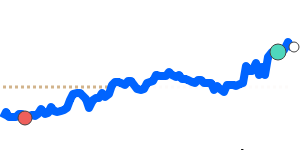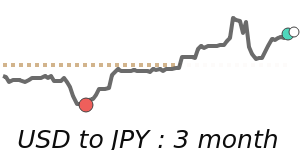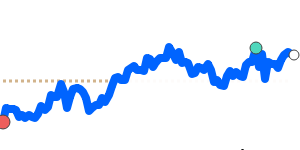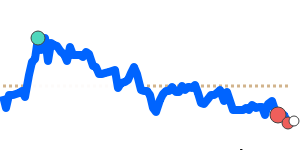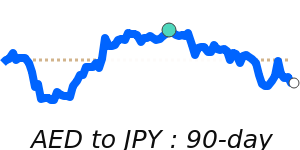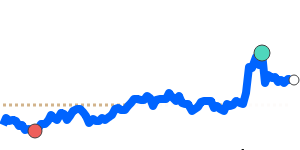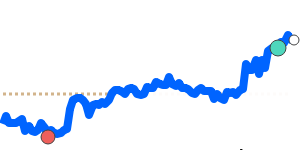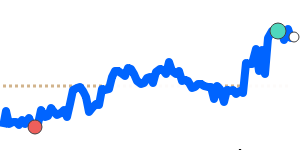The Japanese Yen (JPY) continues to face significant pressure, largely attributed to recent monetary policy divergence and political changes in Japan. Analysts note that the Bank of Japan's conservative stance on interest rates, with the 10-year government bond yield at approximately 1.6%, contrasts sharply with the U.S. 10-year Treasury yield nearing 4.1%. This yield differential remains a key factor contributing to the yen's depreciation.
Furthermore, the election of Sanae Takaichi as Japan's first female prime minister has generated expectations of expansionary fiscal measures, which markets believe could further weaken the yen. Reports indicate that Takaichi's administration is preparing a substantial economic package aimed at supporting households, potentially escalating government debt dynamics that may adversely impact the yen's value.
In light of these developments, any stabilization might come from Japan's initiatives within international forums, as the government has urged G7 nations to monitor excessive volatility in forex markets. This reflects concerns regarding the rapid decline of the yen which has been a vital topic among policymakers.
Recent exchange rate data highlights the yen's performance against major currencies. The JPY to USD rate currently sits at 0.006375, which is 3.8% below its three-month average of 0.006626, trading within a confined range of 0.006346 to 0.006827. Similarly, the JPY to EUR rate is at 0.005534, 2.7% below its average of 0.005687, fluctuating between 0.005506 and 0.005827. Against the GBP, the JPY is trading at 0.004865, 2.0% lower than its three-month average of 0.004963, with a relatively stable range from 0.004855 to 0.005053.
Overall, the outlook for the yen remains cautious as these economic and political factors continue to unfold, warranting careful monitoring for individuals and businesses engaged in international transactions.
